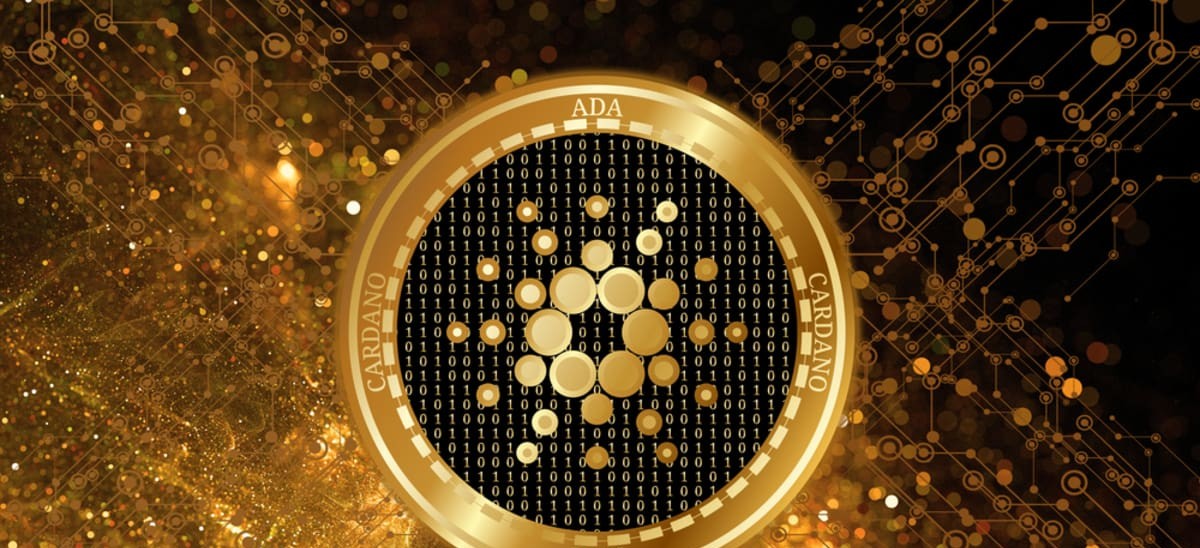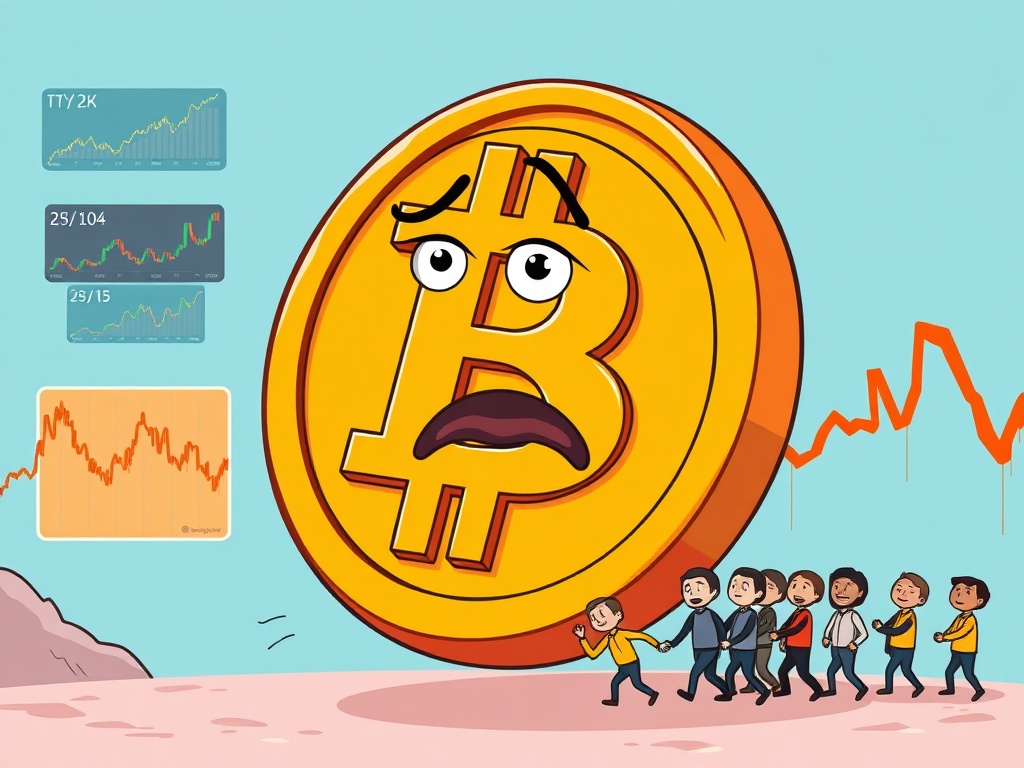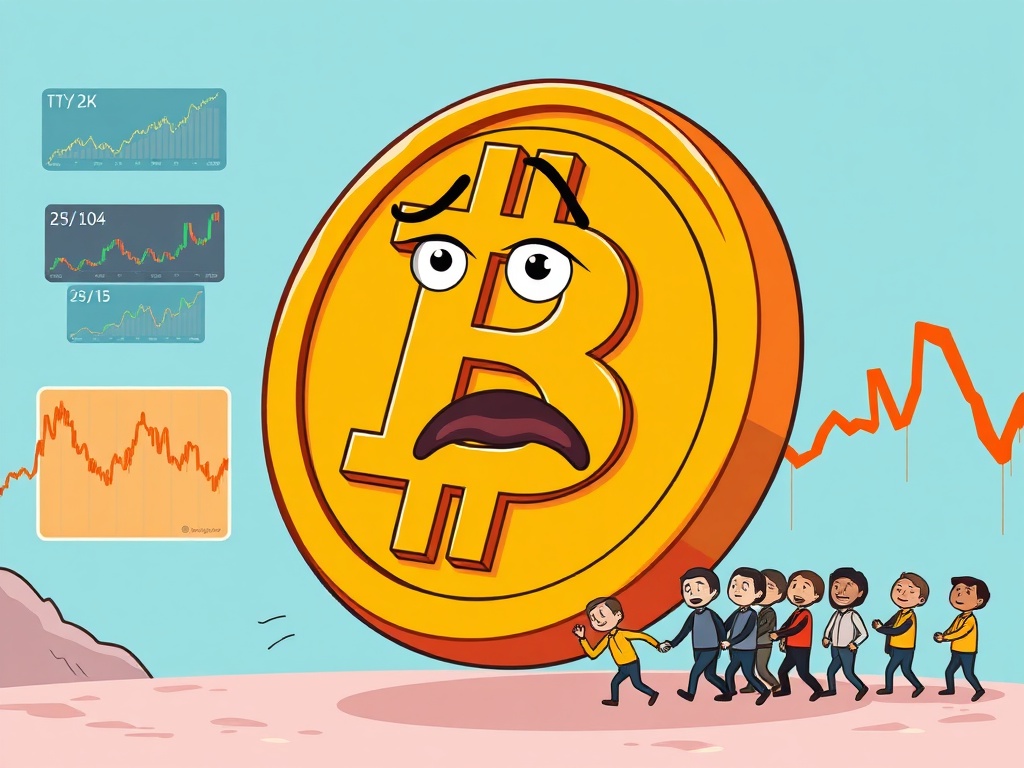The Rise of AI: How Artificial Intelligence is Reshaping Our World
Introduction: The AI Revolution is Here
Imagine waking up to a world where your coffee is brewed just the way you like it before you even step into the kitchen, where traffic jams are a thing of the past because self-driving cars communicate seamlessly, and where doctors can predict illnesses before symptoms appear. This isn’t science fiction—it’s the reality artificial intelligence (AI) is building today.
AI has moved from being a futuristic concept to an everyday tool, transforming industries, economies, and even the way we think. But what exactly is AI, and how is it changing our world? Let’s dive in.
—
What is AI? Breaking Down the Basics
Defining Artificial Intelligence
At its core, AI refers to machines designed to mimic human intelligence—learning, reasoning, problem-solving, and even creativity. Unlike traditional software, AI systems improve over time by analyzing vast amounts of data.
There are two main types of AI:
– Narrow AI (Weak AI): Specialized for specific tasks (e.g., Siri, facial recognition).
– General AI (Strong AI): Hypothetical AI that can perform any intellectual task a human can (still in development).
How AI Works: Machine Learning & Deep Learning
AI’s power comes from:
– Machine Learning (ML): Algorithms that learn patterns from data (e.g., Netflix recommendations).
– Deep Learning: A subset of ML using neural networks to process complex data (e.g., self-driving cars recognizing pedestrians).
—
AI in Everyday Life: More Than Just Chatbots
1. Healthcare: Saving Lives with AI
– AI-powered diagnostics (e.g., IBM Watson detects cancer faster than human doctors)[1].
– Predictive analytics helping hospitals manage patient flow.
2. Finance: Smarter Money Management
– Fraud detection systems flagging suspicious transactions in real time.
– Robo-advisors like Betterment optimizing investments with AI algorithms.
3. Transportation: The Road to Autonomy
– Tesla’s Autopilot and Waymo’s self-driving taxis reducing accidents[2].
– AI traffic management cutting commute times in smart cities.
4. Entertainment: Personalized Content
– Spotify’s AI curating playlists based on your mood.
– Deepfake technology creating hyper-realistic digital actors.
—
The Challenges: Risks and Ethical Dilemmas
1. Job Displacement vs. Job Creation
– AI could automate 40% of jobs by 2035 (McKinsey report)[3].
– But new roles (AI trainers, ethicists) are emerging.
2. Bias in AI Systems
– Facial recognition struggles with darker skin tones (MIT study)[4].
– Ensuring fairness in AI decision-making remains a challenge.
3. Privacy Concerns
– AI’s hunger for data raises surveillance fears (e.g., China’s social credit system).
– Regulations like GDPR aim to protect user rights.
—
The Future of AI: What’s Next?
1. Quantum AI
– Combining AI with quantum computing for breakthroughs in drug discovery and climate modeling.
2. AI and Creativity
– Tools like DALL·E generating art from text prompts.
– AI-written novels winning literary awards.
3. Ethical AI Development
– Companies like OpenAI advocating for responsible AI use.
– Governments drafting AI ethics guidelines.
—
Conclusion: Embracing AI Wisely
AI isn’t just a tool—it’s a transformative force reshaping society. The key lies in balancing innovation with ethics, ensuring AI benefits everyone, not just a select few. As we stand on the brink of an AI-driven era, one question remains: How will we shape AI before it shapes us?
—
References
*Note: All links open in new tabs.*





